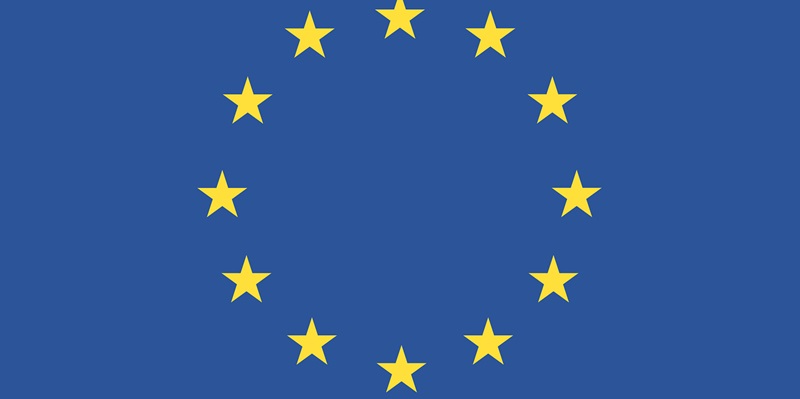As artificial intelligence (AI) technology continues to evolve at an astonishing pace, the challenge for lawmakers around the world is to establish regulations that keep up with such rapid advancement. The European Union (EU) has risen to the occasion, implementing a comprehensive legal framework designed to oversee the deployment and implications of AI. The EU’s approach, marked by its detailed stratification of AI systems according to the risk they pose, is a testament to its dedication to harmonizing technological progress with ethical considerations. This move by the EU is setting a precedent for others to follow and illustrates a deepening recognition of the need for nuanced AI regulations suited to the variety of applications and potential consequences of the technology.
Setting the Regulatory Framework
The European Parliament’s initiative illustrates a concerted effort to strike a balance between encouraging innovation and safeguarding individual rights. AI applications are categorized within a three-level risk system. High-risk areas—like those affecting critical infrastructure and law enforcement—must comply meticulously with regulatory standards, while lower-risk applications are simply required to maintain transparency with users. Minimal risk AI, such as that found in video games, is subject to less regulatory scrutiny. This risk-sensitive strategy enables the EU to cultivate a conducive atmosphere for the beneficial development of AI, while carefully mitigating potential adverse effects.
Furthermore, the EU has pinpointed certain AI applications that could potentially encroach on fundamental rights or safety and has earmarked them for potential prohibition. This includes the contentious practice of social scoring by governments and the usage of AI in children’s toys which might pose safety hazards. By taking a proactive approach, the EU ensures that AI’s progression is aligned with societal values, emphasizing the prioritization of human rights and social well-being over unchecked technological expansion.
A Blueprint for Global Regulation?
The EU’s trailblazing regulatory framework for AI serves as a potential model for international AI legislation. This structured rule set brings clarity to the realm of AI systems, serving as an exemplar for others to replicate or adapt. The EU’s framework could have a considerable influence on the global management of AI, extending its reach far beyond European borders.
This initiative enjoys widespread endorsement from EU legislators, indicating a universal recognition of the need for preliminary AI regulation. The level of support it garners may sway other nations, including the UK in its post-Brexit phase, in their decisions regarding the governance of AI.
The strategy adopted by the EU endeavors to strike a delicate balance: it is designed to promote technological innovation while also protecting societal norms and personal freedoms. In doing so, the EU reaffirms its position at the forefront of AI regulatory development, offering a point of reference and potentially a benchmark for the future of global AI policymaking.

